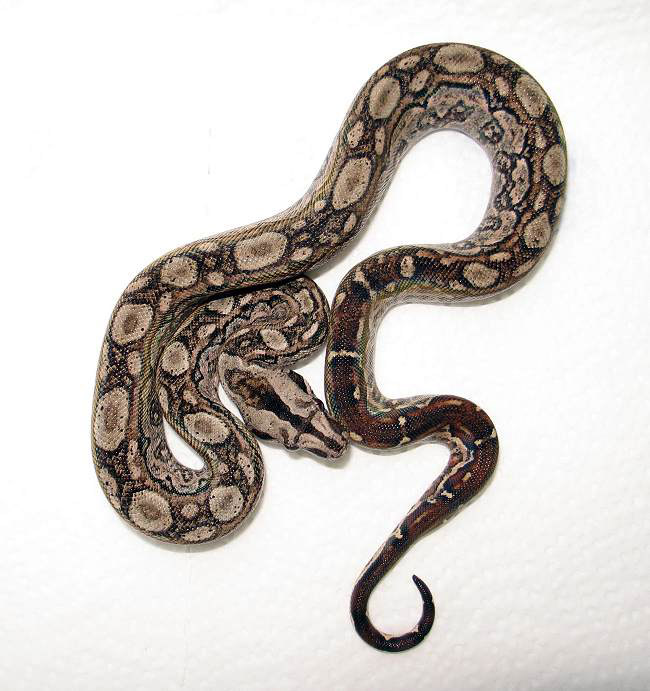


In the wild, snakes bask in the sun to keep warm, then move to shadier spots or even go swimming when it gets too hot. Like other snakes, Boas are cold blooded - getting heat from their surroundings. This red tail is more prominent in younger specimens. Typical species have 15 to 30 dark saddle-shaped markings along the length of their back - which increase in size and turn redder towards the tail. Most are tan or beige - although some can also appear very dark. There are 10 separate subspecies - but the distinctions between them aren't clear and it isn't unusual to find specimens exhibiting traits of multiple subspecies.

It has a wide geographical range stretching from northern Mexico through to Uruguay and northern Argentina. It's a large bodied snake, with adults ranging from 1.8 to 3 metres. This has the scientific name Boa constrictor constrictor - one of the rare cases where the scientific name and common name are more or less the same.
BOA CONSTRICTOR SCIENTIFIC NAME SKIN
This is easily distinguished by its orange/black or chocolate skin with a sheen that refracts the light, demonstrating all the colours of the rainbow.


 0 kommentar(er)
0 kommentar(er)
